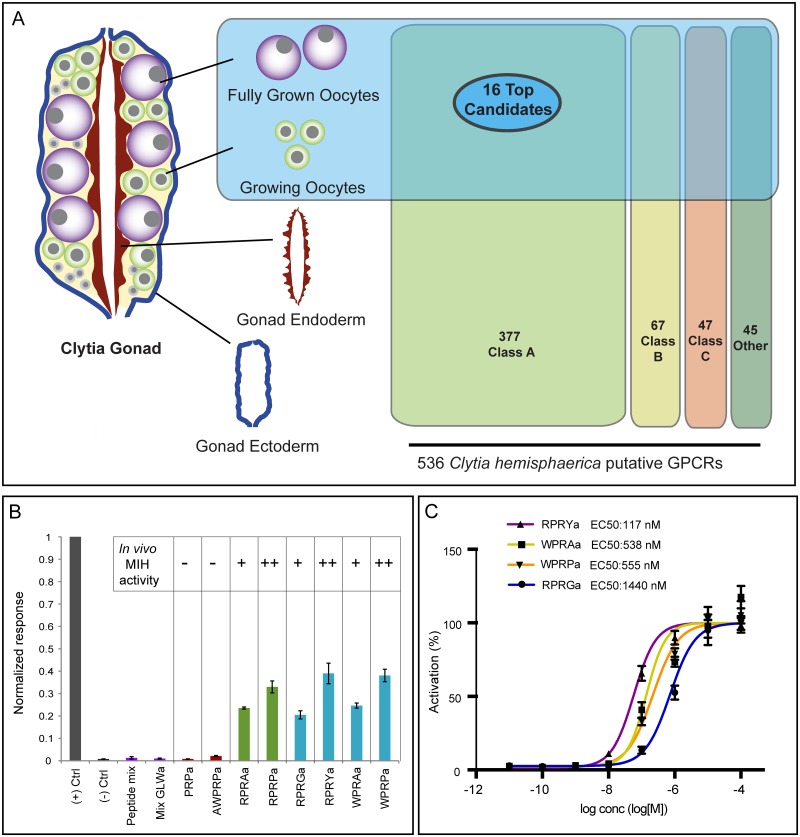Fig 1. Identification of the Clytia MIHR.
(A) Diagram of a Clytia gonad showing the different tissues used for RNA-seq and GPCR expression comparisons. A total of 536 putative GPCRs identified in Clytia mixed-stages transcriptome were assigned to the three main GPCR classes (A, B, C) or “other” based on Pfam signatures. The 16 top candidate MIH GPCRs were selected based on oocyte enrichment, relatedness to known bilaterian class-A neuropeptide GPCRs, and Pfam information. (B) Luminescence response of CHO-K1 cells expressing the putative Clytia MIH GPCR treated with neuropeptide mixes lacking MIH activity (purple bars), MIH tetrapeptides identified from C. hemisphaerica (blue bars) or Cladonema radiatum (green bars), or related penta- and tripeptides previously shown to be ineffective in triggering oocyte maturation in vivo (red bars) [15]. Empty pcDNA3.1 vector was used as negative control and Platynereis FLamide and its receptor as a positive control (gray bars). Peptide concentrations all 1 μM. Absolute units of luminescence were normalized using the positive control; data are shown as mean ± standard error of the mean (n = 3). Full datasets are available in S1 Data. MIH tetrapeptides were selectively able to activate the Clytia GPCR, the responses closely matching the in vivo MIH activity of each peptide tested on Clytia oocytes as indicated (summarized results from [15]). (C) Dose–response curves of Clytia MIHR challenged with four variant Clytia MIH tetrapeptides. One of three independent experiments with equivalent results is shown. Luminescence values were normalized relative to the maximum of fitted dose–response curves and are shown as mean ± standard error of the mean (n = 3). Half maximal effective concentration (EC50) values were calculated as means of 3 independent experiments. Full datasets from three independent experiments are available in S2 Data. CHO-K1, Chinese Hamster ovary K1; GPCR, G protein–coupled receptor; MIH, maturation-inducing hormone; MIHR, MIH receptor; RNA-seq, RNA sequencing.

